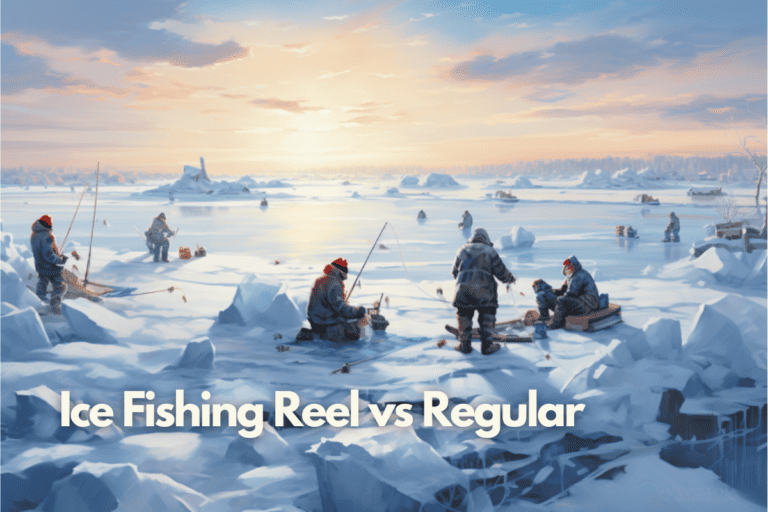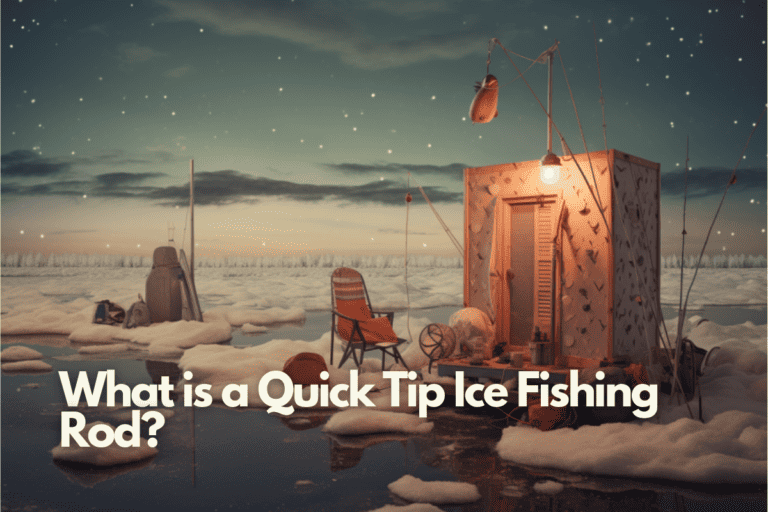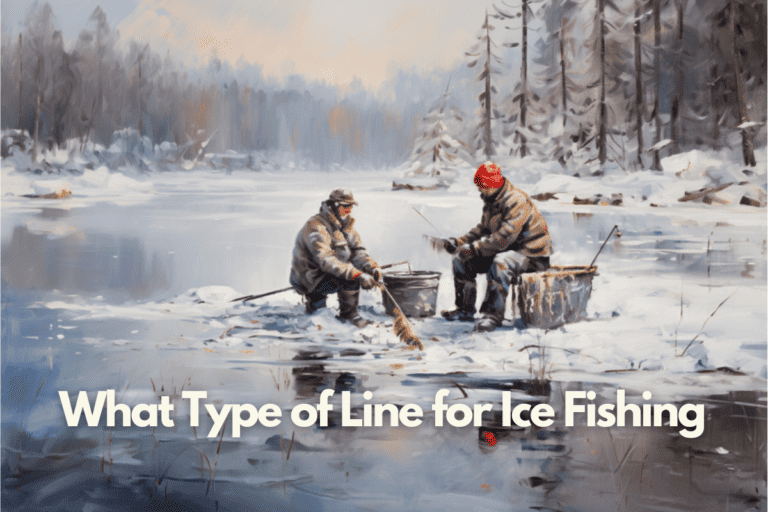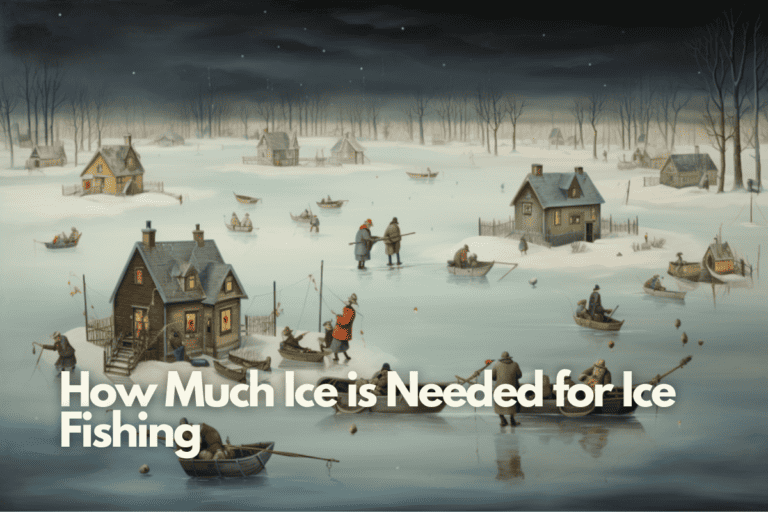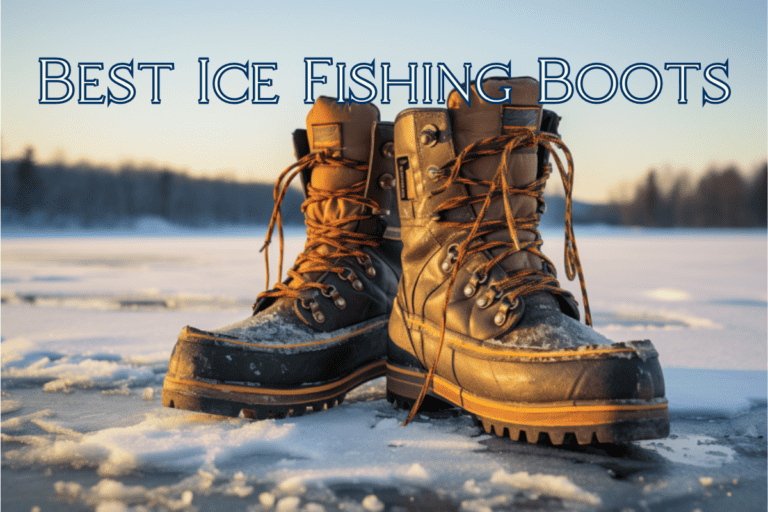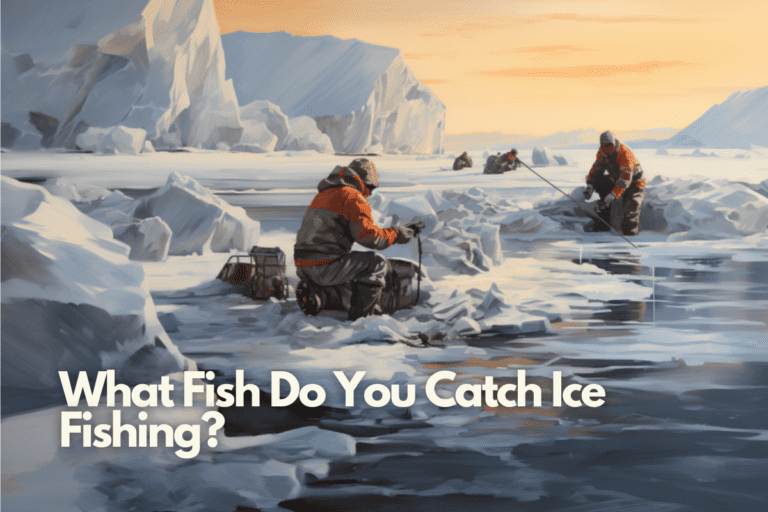When is the Best Time to Go Ice Fishing?
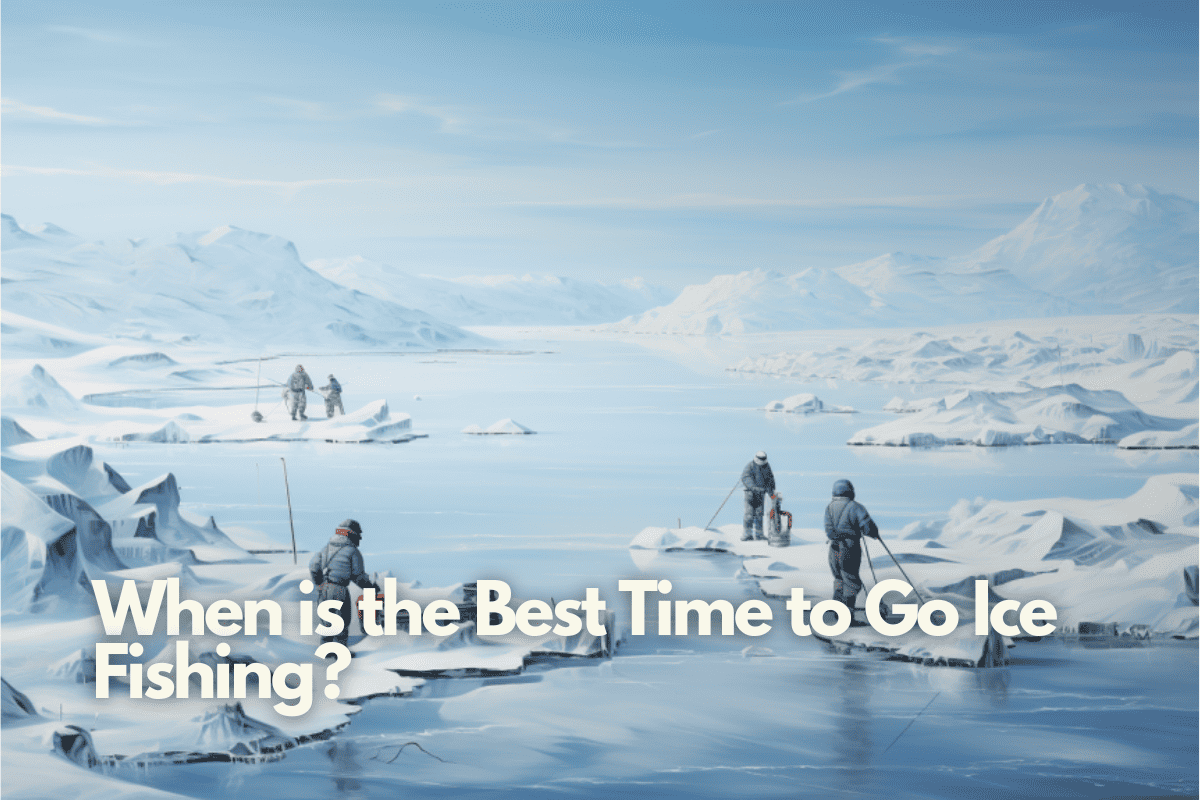
Ice fishing is a popular winter activity that offers a unique experience of catching fish beneath a frozen water surface. But when is the best time to go ice fishing?
When is the Best Time to Go Ice Fishing?
Ice fishing is more than just a winter pastime; it’s an art that requires understanding the behavior of fish, the nature of ice, and the patterns of weather. Knowing the optimal time to venture out onto the frozen waters can significantly enhance your chances of a successful catch.
Late winter, especially February and March, emerges as a favorite among seasoned anglers.
Let’s delve into the factors that determine the best time for this frosty adventure.
Understanding Fish Behavior
Fish, like all creatures, have specific behaviors that change with the seasons. During winter:
- Early Winter: Fish are still relatively active as they transition from fall patterns. They are often found in shallower waters and can be easier to locate.
- Mid-Winter: As temperatures plummet, fish tend to become less active. They move to deeper waters, seeking stable temperatures. This period can be challenging, but with patience, one can still have a successful catch.
- Late Winter: As spring approaches, fish begin to prepare for spawning and become more active. They start migrating to shallower waters, making late winter an excellent time for ice fishing.
Ice Conditions Matter
The thickness and quality of ice play a crucial role in determining safety and accessibility:
- 4 inches: Safe for walking and fishing alone.
- 5-7 inches: Suitable for a snowmobile or ATV.
- 8-12 inches: Safe for a small car or light pickup.
- 12-15 inches: Suitable for a medium-sized truck.
Note: Always check local guidelines and ensure ice is uniformly thick.
Weather Patterns
Weather conditions can influence fish activity:
- Stable Weather: Consistent cold or mild temperatures without sudden fluctuations are ideal. Fish are more likely to be active and feeding.
- Barometric Pressure: A dropping barometer, indicating an approaching storm, can trigger fish to feed heavily. Post-storm can be slower, but as pressure stabilizes, fish activity increases.
Time of Day
Fish have daily patterns too:
- Early Morning: Many species are active just before dawn.
- Midday: Sunlight can penetrate the ice, warming the waters slightly and increasing fish activity, especially in clear ice conditions.
- Late Afternoon to Dusk: Another active feeding period for many fish species.
Chart: Monthly Ice Fishing Productivity
| Month | Productivity | Notes |
|---|---|---|
| December | Moderate | Early winter patterns; fish in shallower waters. |
| January | Low-Moderate | Fish move deeper; reduced activity. |
| February | High | Late winter; fish become more active and move to shallower waters. |
| March | High | Approaching spring; increased fish activity in preparation for spawning. |
Tips for a Successful Ice Fishing Trip:
- Stay Informed: Keep an eye on weather forecasts and ice reports.
- Be Prepared: Equip yourself with the right gear, including an auger, portable shelter, and appropriate clothing.
- Safety First: Never compromise on safety. Always fish with a buddy, especially in unfamiliar areas.
Understanding fish behavior, ice conditions, weather patterns, and daily rhythms can significantly enhance your chances of success.
Factors to Consider
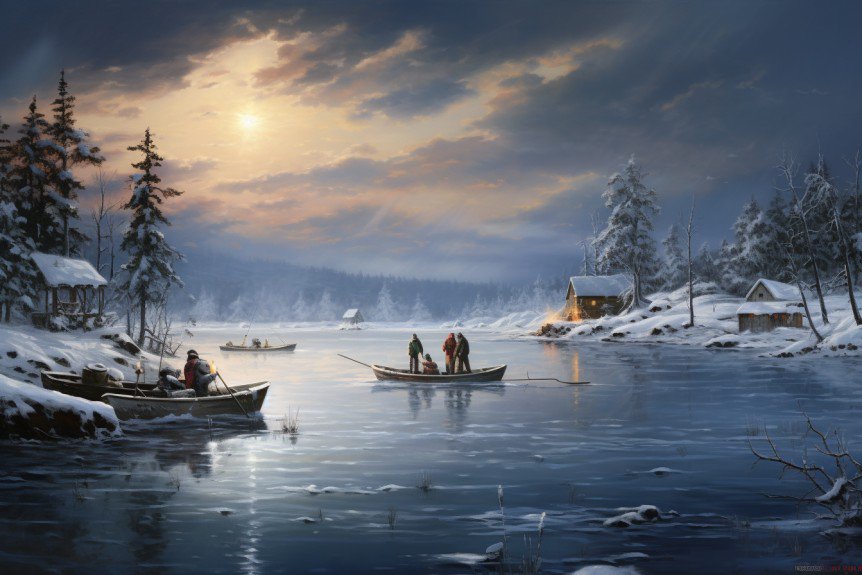
- Location: Identifying prime stopping points for moving fish is crucial. Deeper weed edges outside shallow spawning bays, rocky points, and sunken islands are some of the best spots to find pike during this season.
- Tackle: Matching the tackle to the fish is essential. Using tip-ups with quick-strike rigs and appropriate line strength can increase the chances of a successful catch.
- Bait: Pike are both scavengers and predators. Offering them a choice between live baits and dead baits can be effective. It’s essential to observe which bait they prefer and adjust accordingly.
- Details: Positioning baits throughout the water column can help determine the fish’s preference. It’s also crucial to remain calm and strategic when hooking a large fish to ensure a successful catch.
Final Thoughts
While ice fishing can be enjoyed throughout the winter, the late season offers some unique advantages, especially for those targeting larger fish like pike. By considering factors like location, tackle, bait, and paying attention to details, anglers can maximize their chances of a successful ice fishing trip.
FAQ
Q1: Why is late-winter considered the best time for ice fishing? A: Late-winter is a favored time for ice fishing because fish, particularly species like pike, often transition from deeper waters to shallower spawning areas. This movement increases their accessibility, making them more readily available for anglers to target.
Q2: What are the best locations for late-winter ice fishing? A: Prime ice fishing locations in late-winter include deeper weed edges outside shallow spawning bays, rocky points, and sunken islands. These areas often attract fish as they move to shallower waters for spawning.
Q3: How should one choose the bait for ice fishing? A: Opting for both live and dead bait options can be effective in ice fishing. Pay attention to the fish’s preferences by experimenting with different types of bait. Adjust your choice based on their responses, which can vary depending on factors like species, weather conditions, and water clarity.
